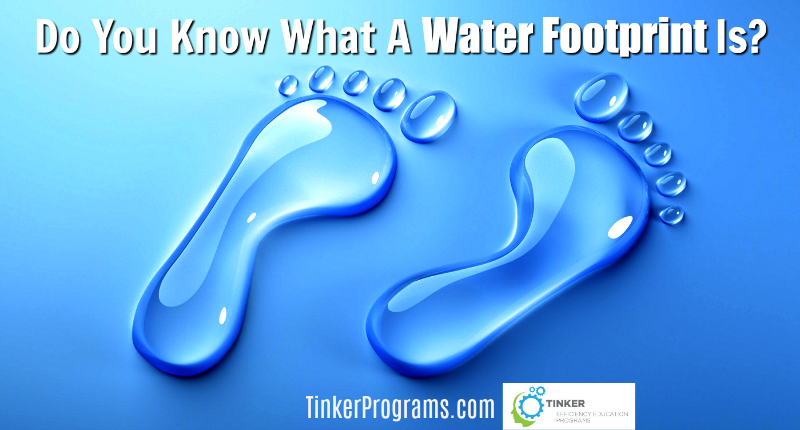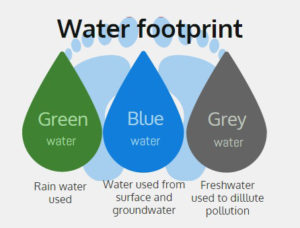Why is It Important?
On a global scale, our world is running low on water. It’s hard to believe or even fathom, but projections have suggested that by the year 2030, our demand for water will be greater than the supply. It can be a scary thought, but it’s also a strong motivational tool to make everyone more aware of their water footprint.
If you’ve never heard of a water footprint, now is the time to jump on board and understand what it means. The great thing about water footprints is that they are effective for everyone; individuals, small businesses, huge corporations, and even entire countries! The more in tune we are with our overall water footprints, the more we can strategize on how to conserve water and be more efficient with our water use.
What Are the Types of Water Footprints?
The Water Footprint Network has broken down water footprints into three different categories. These categories make it a little easier to determine how water can be used and reused, affecting the overall impact on the environment. The three types of water footprints are:
- Blue: Water that is either sourced from the ground or the surface. It’s either evaporated, used to create a new product, or is taken from one body of water and used in another. It can be used right away in a different body of water or saved for another time.
- Green: A green water footprint focuses on rainwater. It’s stored in the root systems of soil and is particularly useful for agricultural purposes.
- Grey: A grey water footprint deals with wastewater and pollution. It focuses on how much fresh water is needed in order to ‘flush out’ pollutants, on local and state levels.
Why Are Water Footprints Important?
Billions of people go without fresh drinking water every single day. Unfortunately, if current trends continue that number will grow. What we don’t often think about is how a shortage in water might affect other things. It goes far beyond an individual level.
For example, consider how much water it might take to create a product, or to grow crops to feed everyone in the United States alone. The less water that’s available, the harder it will be for those products to be made or those crops to grow. That means the prices for those things will skyrocket. Less people will be able to afford them.
A shortage of water, as you can see, affects the entire economy. It also affects our energy storage, since it takes energy to pump out clean water and filter away pollutants. Time, money, and resources all come into play when it comes to water conservation. Understanding more about a water footprint on every level can help to ensure things like this don’t happen. If they do, it could eventually be catastrophic for the whole world.
Water footprints affect all of us on both an indirect and eventually a direct level. The more we can strategize on how to conserve water and be more efficient with our water use. Before you, as an individual, have a chance to see the negative direct effects, it’s important to get a firm grasp on how you can monitor your own water footprint.


